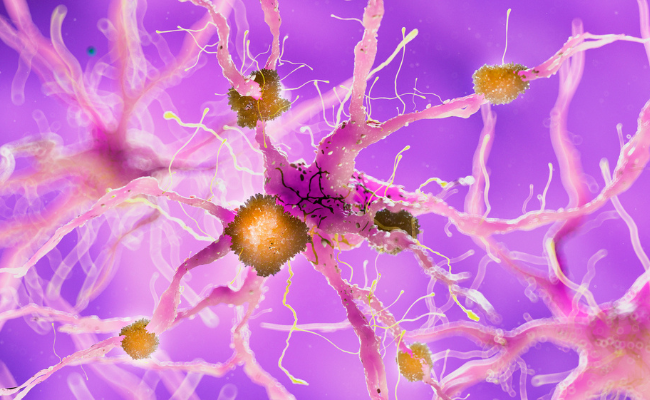How to Treat Movement Disorders?
- January 12, 2024
- No Comments

What are Movement Disorders?
Movement disorders comprise a set of neurological conditions inducing irregular movements, either heightened (spasms, jerking) or diminished (slow movement). They impact voluntary actions or trigger involuntary movements. Every bodily motion, from lifting a leg to speaking, involves intricate communication among the central nervous system (brain and spinal cord), motor nerves, and skeletal muscles. Damage or malfunction in brain regions governing movement leads to movement disorders. These conditions vary in intensity, affecting specific body regions or overall mobility.
Some disrupt tasks like writing, while others pose challenges to walking. Abnormal movements can either be a standalone condition, as in essential tremor, or part of broader syndromes like Parkinson's disease. Some movement disorders act as standalone conditions and symptoms of others, as observed in myoclonus. Importantly, conditions causing immobility or weakened muscles, such as paralysis or muscular dystrophy, differ from movement disorders, which specifically involve unwanted, abnormal movements.
Why Do Movement Disorders Occur?
The causes of movement disorders are diverse, with a combination of genetic, environmental, and neurodegenerative factors playing a role. Neurological conditions, brain injuries, certain medications, and even genetic mutations can contribute to the development of movement disorders.
How Do Movement Disorders Manifest?
The manifestation of movement disorders varies widely, depending on the specific condition. Common symptoms include tremors, stiffness, slowness of movement, and difficulty maintaining balance. These symptoms can significantly impact an individual's quality of life, affecting their ability to perform daily activities and engage in social interactions.
Treatment Solutions for Movement Disorders:
- Medications: Medications play a crucial role in managing symptoms of movement disorders by regulating neurotransmitters in the brain. They help control abnormal movements, reduce tremors, and improve overall motor function. Levodopa, anticholinergics, and dopamine agonists are among the medications commonly prescribed.
- Physical Therapy: Targeted exercises and physical therapy interventions. Physical therapy helps improve muscle strength, flexibility, and coordination, addressing specific movement challenges. Tailored exercise regimens, stretching, and balance training are incorporated into the treatment plan.
- Deep Brain Stimulation (DBS): Surgical procedure involving the implantation of electrodes in the brain. DBS is effective in managing symptoms of Parkinson's disease, essential tremor, and dystonia. Electrodes deliver controlled electrical impulses to targeted areas of the brain, modulating abnormal activity.
- Botulinum Toxin Injections: Injections of botulinum toxin (Botox) into specific muscles. Useful in managing conditions like dystonia and certain types of tremors. Botox injections block nerve signals, reducing muscle contractions and involuntary movements.
- Occupational Therapy: Targeted interventions to improve daily living skills. Occupational therapy focuses on enhancing independence and adapting activities to accommodate movement challenges. Techniques to optimize hand-eye coordination, fine motor skills, and adaptive equipment use.
Benefits of Seeking Treatment for Movement Disorders:
- Improved Quality of Life: Effective treatment leads to better control over symptoms, enhancing overall quality of life.
- Enhanced Mobility: Medications, therapy, and surgical interventions contribute to improved mobility and motor function.
- Increased Independence: Occupational therapy and adaptive strategies empower individuals to maintain independence in daily activities.
- Symptom Management: Treatment modalities effectively manage and alleviate specific symptoms associated with movement disorders.
- Personalized Care Plans: Healthcare professionals tailor treatment plans to individual needs, ensuring a personalized and effective approach.
- Emotional Well-being: Successful management of movement disorders positively impacts mental health and emotional well-being.
- Support and Education: Seeking treatment provides access to support networks and educational resources for both individuals and their caregivers.
Comments (0)